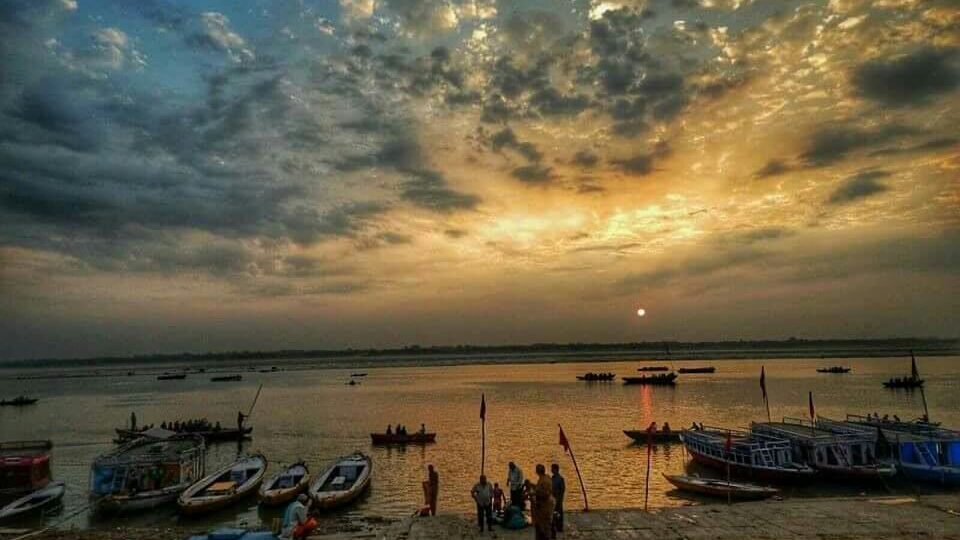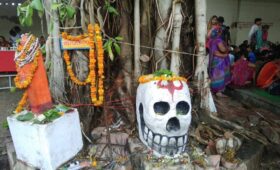Varanasi is well known for its temples and ghats. The temples and ghats of Varanasi make it the cultural city of India.
The city has 88 ghats. Most of the ghats are bathing and puja ceremony ghats, while a few are used exclusively as cremation sites.
History of Ghats
Most Varanasi ghats were built after 1700 AD, when the city was part of Maratha Empire. The patrons of current ghats are Marathas, Shindes (Scindias), Holkars, Bhonsles, and Peshwes (Peshwas). Many ghats are associated with legends or mythologies while many ghats are privately owned. A morning boat ride on the Ganges across the ghats is a popular visitors attraction.
Popular Ghats
According to the puranic sources, there are five key ghats on the riverfront, important because of their association with a defining feature of the holy city of Kashi: Assi Ghat, Dashashwamedh Ghat, Manikarnika Ghat, Panchganga Ghat, and Adi Keshav Ghat.
Varanasi Temples
Temples in Varanasi hold an important value and increase the cultural value of Varanasi. The city is the most prominent pilgrimage in Hinduism as well as Buddhism and hence the Temples in Varanasi are highly revered across India.
It is one place in the country visited by so many foreigners and Indian devotee throughout the year. It is a major spiritual city and its day-to-day affairs are a tell-tale sign of this fact.
In Hinduism, Varanasi is considered the place for the absolute salvation.
This ardent belief has been in existence since ancient times. It is also seen as the city of Lord Shiva. Vishwanath Temple is commands the supreme devotion of the Hindus among all other temples in Varanasi. Sarnath, Sankat Mochan, and Durga Temple are other popular temples in and around the city. Some temples in Varanasi are centuries old and while others are relatively newer.
Temples in Varanasi
- Kashi Vishwanath Temple
- Durga temple or Durga Kund
- Sankat Mochan Temple
- Kaal Bhairav Temple
- Baba Keenaram Sthal
- Bharat Mata Temple
- Kedar Ghat


